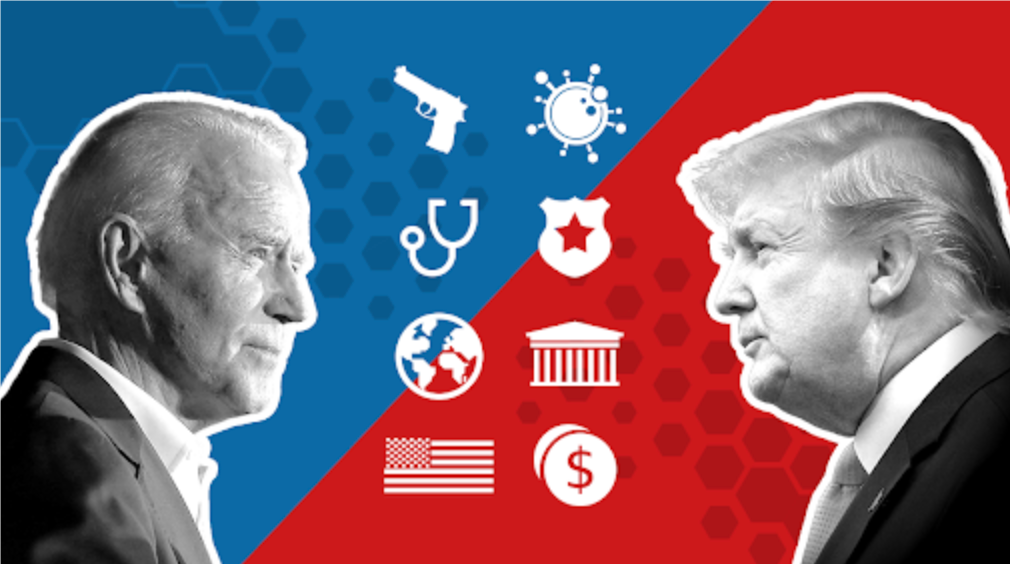In U.S. presidential elections, candidates undergo a lengthy primary process, ultimately competing to become their party's nominee. However, not all candidates make it to the end. During the campaign, some choose to withdraw for various reasons, even if they are leading at the time. These withdrawals often involve complex political considerations and strategic adjustments. Here are some notable examples of political figures who chose to exit the race after initially running for president.

Hillary Clinton: Supporting Barack Obama
In 2008, Hillary Clinton, as a Democratic presidential candidate, was initially one of the frontrunners within the party. As a former First Lady and Senator, Hillary had widespread support and a strong political background. However, as the campaign progressed, Barack Obama began to gain momentum and win more votes. Faced with Obama's rising strength, Hillary ultimately announced her withdrawal from the primaries in June 2008, throwing her full support behind Obama as the Democratic nominee. Hillary's decision not only demonstrated her political acumen but also paved the way for her future role as Secretary of State.
Bernie Sanders: Uniting the Democratic Party Behind Joe Biden
Bernie Sanders, a self-described democratic socialist Senator, ran for the Democratic presidential nomination in both the 2016 and 2020 elections. In 2016, he engaged in a fierce competition with Hillary Clinton, gaining significant support from young voters, but ultimately lost in the primaries and announced his withdrawal from the race. In 2020, Sanders ran again and initially garnered substantial support. However, as Joe Biden gained broader party backing, Sanders announced his withdrawal in April 2020 to unite the party in the fight against then-President Donald Trump. Sanders' withdrawals in both instances were made with the greater good in mind, showing his commitment to party unity.
Ross Perot: The Independent Candidate's Back-and-Forth
Ross Perot was an independent candidate in the 1992 U.S. presidential election who initially withdrew from the race, only to re-enter later. Perot announced his withdrawal in June, citing concerns that the election would further divide the country. However, by October, he had rejoined the race and ultimately garnered about 19% of the popular vote, making him one of the most successful third-party candidates in U.S. history. Perot's back-and-forth decisions highlight the unique challenges and opportunities faced by independent candidates in a two-party system.
John Edwards: From Presidential Candidate to Vice Presidential Nominee
John Edwards ran as a Democratic candidate in the 2004 and 2008 U.S. presidential elections. In the 2004 primaries, Edwards performed well and ultimately became John Kerry's running mate as the vice-presidential nominee. However, in the 2008 presidential primaries, Edwards failed to replicate his previous success and, after a poor showing, announced his withdrawal in January. Although he did not succeed in his presidential bids, his political career did not end there.
Howard Dean: From Frontrunner to Dropout
In 2004, Howard Dean was a leading candidate in the Democratic presidential primaries. As the Governor of Vermont, Dean's campaign energized grassroots supporters and pioneered the use of online fundraising. However, after a significant loss in the Iowa caucuses and failing to gain traction in New Hampshire, Dean's momentum quickly faded. Following consecutive defeats, Dean announced his withdrawal from the race in February. Although he did not secure the nomination, his campaign methods and strategies had a lasting impact on future candidates.
These examples show that even the most formidable candidates may choose to withdraw from the race for various reasons. The decisions behind these withdrawals often involve complex political strategies, internal party dynamics, and considerations for future political careers. For these political figures, withdrawing from the race does not necessarily mean failure but rather a strategic adjustment based on the circumstances at the time. Such decisions have been common in U.S. political history and provide a unique perspective on understanding the workings of politics.